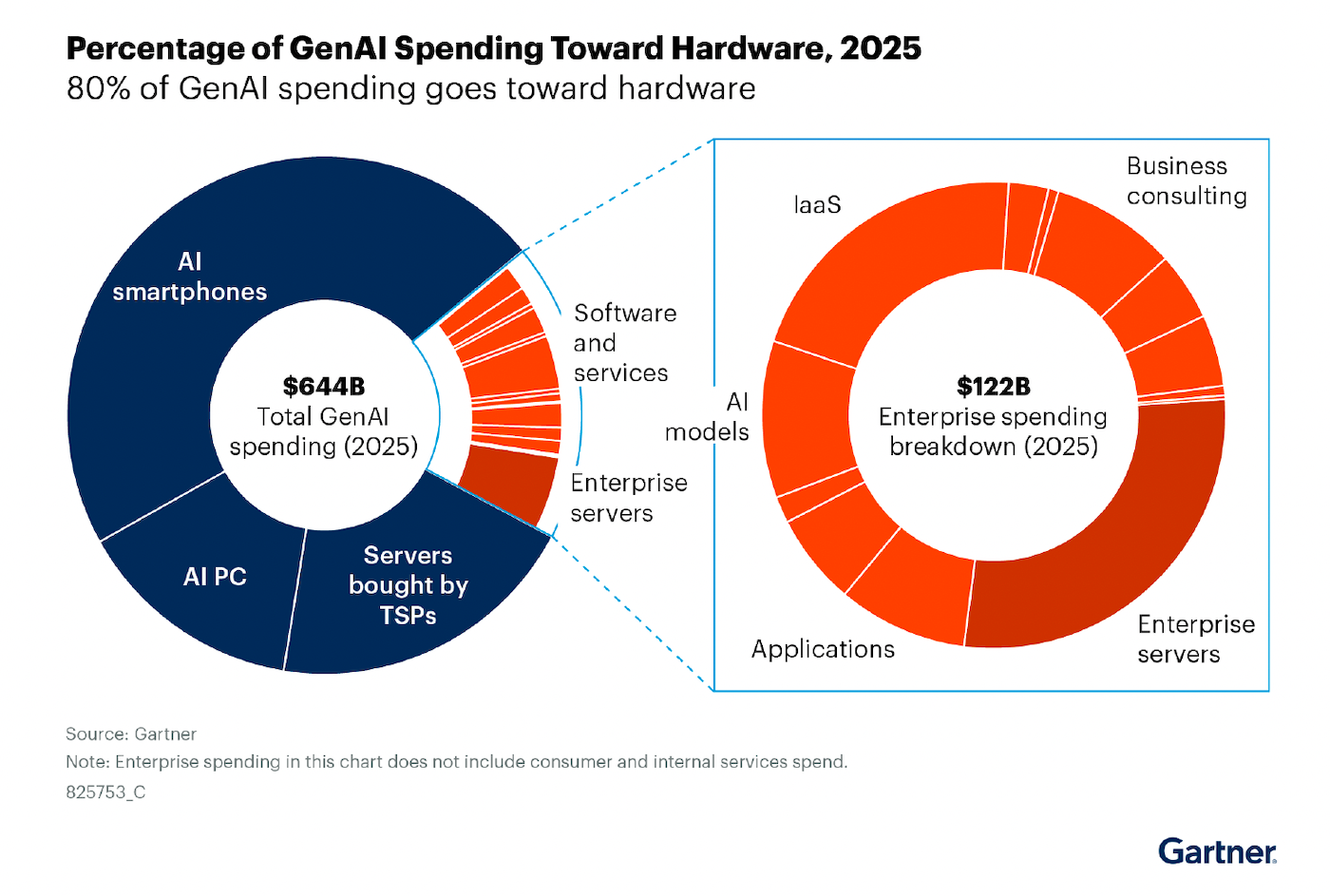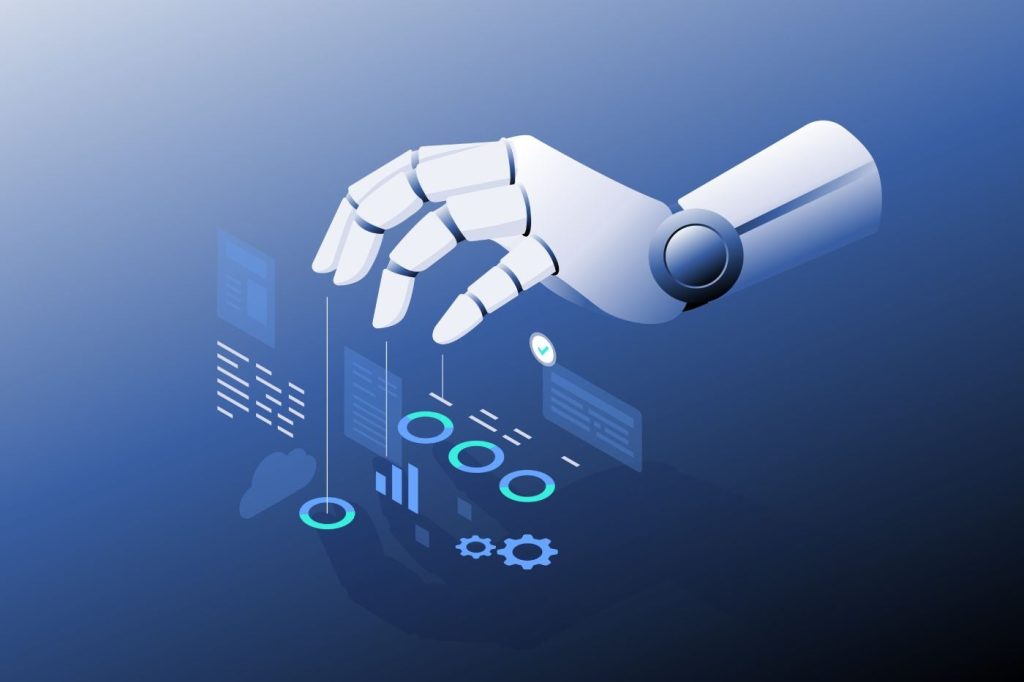Global spending on generative AI will increase in 2025, but there will be fewer “ambitious projects,” according to a recent report from Gartner Distinguished VP Analyst John Lovelock.
Generative AI spending will reach $644 billion in 2025. This is a jump of 76.4% from 2024’s numbers.
In Gartner’s Hype Cycle, which roughly traces the rise, fall, and normalization of new technology, generative AI now finds itself entering the Trough of Disillusionment. Companies may have reached the limits of their experimentation with AI, and they may be disappointed with the outcomes. Gartner expects AI will remain in this phase until 2026, at which point transformational use cases will emerge to propel generative AI into the productivity stage.
Generative AI spending expected to grow until at least 2028
After a period of stagnation in the Trough of Disillusionment, the only place to go is up. Gartner expects major growth in generative AI spending over the next five years despite current apathy. In particular, generative AI product adoption is expected to grow in the services sector, with compound annual growth rates (CAGRs) of 132.5% for generative AI applications and 131.8% for generative AI managed services.
Highlights from Gartner’s research into IT spending related to generative AI and otherwise from 2023 to 2028 include:
$438,434 million in generative AI on smartphones by 2026
$183,018 million in AI-optimized servers by 2026
$146,259 million in AI PCs by 2026
CAGR of 171.6% for generative AI on smartphones by 2028
CAGR of 139.9% for AI-optimized IaaS by 2028
Other use cases see relatively low CAGR, such as AI-optimized servers (34%), generative AI applications in software (64.7%), and generative AI infrastructure (69.2%). However, Gartner predicted, these use cases will still continue to grow in popularity until at least 2028.
There could also be money to be made in what Gartner calls GenAI technology consulting, which has an 111.8% CAGR. GenAI technology consulting is teaching companies how to optimize AI-related business strategies and use AI for their benefit, not consulting with a generative AI model in order to come up with ideas.
SEE: This Generative AI Customizable Policy from TechRepublic Premium
Generative AI in hardware doesn’t necessarily correspond to consumer demand
Many hot generative AI proofs-of-concept from 2023 failed, decreasing confidence in the technology. For example, the company Humane, which created a buzzy AI pin, shut down after failing to transform the way we interact with devices. Microsoft Copilot faced a backlash from consumers who found its security weak or its presence just plain creepy.
Gartner predicts customers will continue to note dissatisfaction with generative AI functionality added to existing products. Companies may try to fix what isn’t broken by adding generative AI to the devices we use every day.
SEE: OpenAI offered a feedback survey to developers to provide comments on an upcoming open-weight AI model.
The GenAI market is driven by smartphone, PC, and other consumer device makers including generative AI as a default on their devices. As Lovelock pointed out, the number of purchases of AI-enabled PCs or smartphones is not necessarily a good indicator of consumer demand, as “consumers will be forced to purchase” these now-standard features whenever they pursue an upgrade.

Gartner’s Hype Cycle reminds us that most new technologies go through a stormy period as companies and consumers decide what really benefits their lives and businesses. Generative AI companies continue to pour billions into improving their AI models, Gartner pointed out. This “paradox,” as Lovelock called it, can be expected to maintain its delicate equilibrium through 2026.
GenAI questions businesses will need to address
For business leaders, 2025 and 2026 will present a lot of choices about generative AI.
Should you use it for your business’ core functionality?
For tasks that have to be done but feel like tedious roadblocks in front of the real work?
For social aspects like composing quick emails or summarizing Slack messages when you come back from vacation?
Or do you work in a creative field where the use of AI requires strict boundaries and policies so as not to dilute the quality of the work or open up potential legal trouble?
Based on the Gartner report, we think 2025 and 2026 will be pivotal years for answering those questions.

